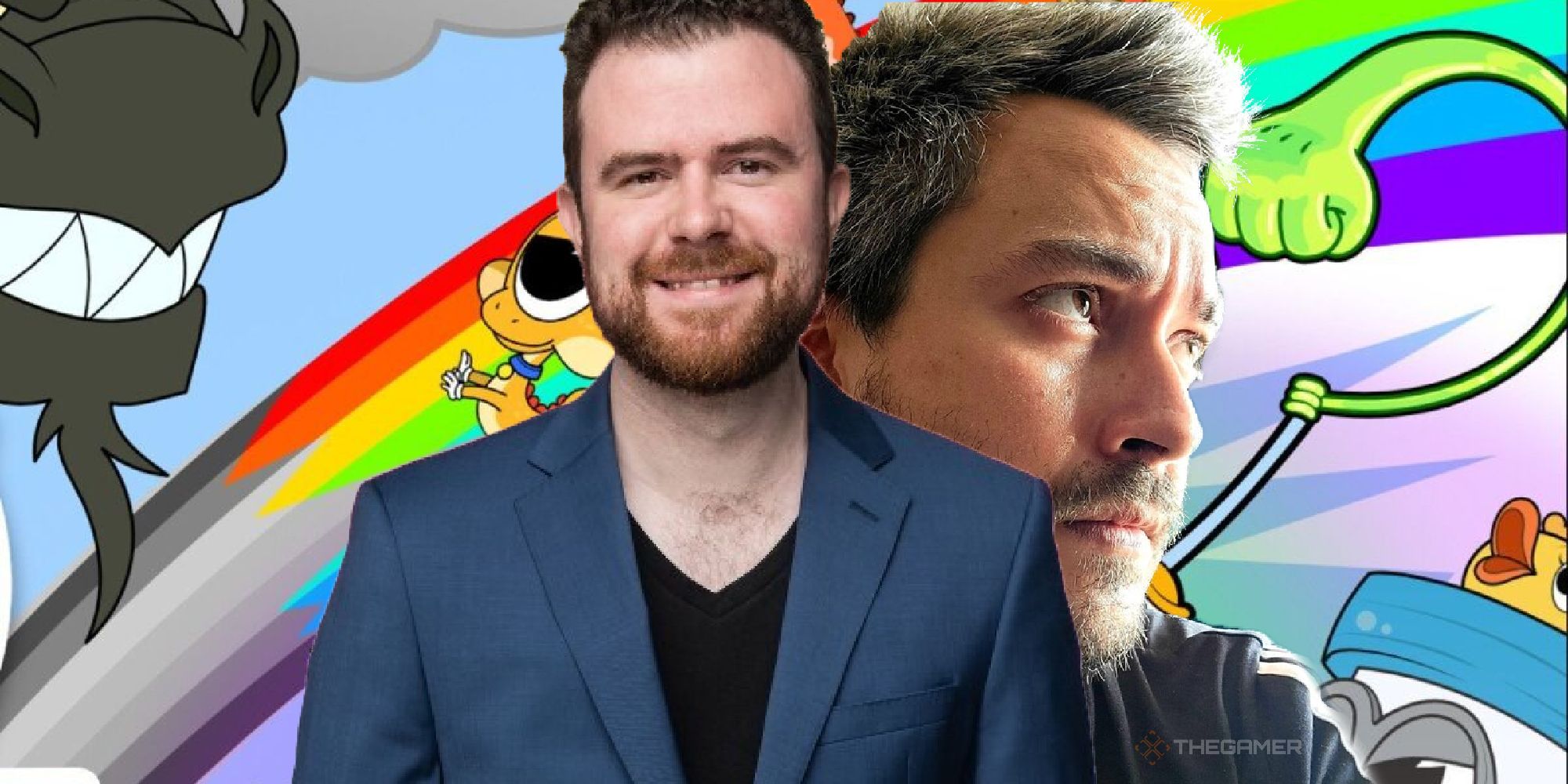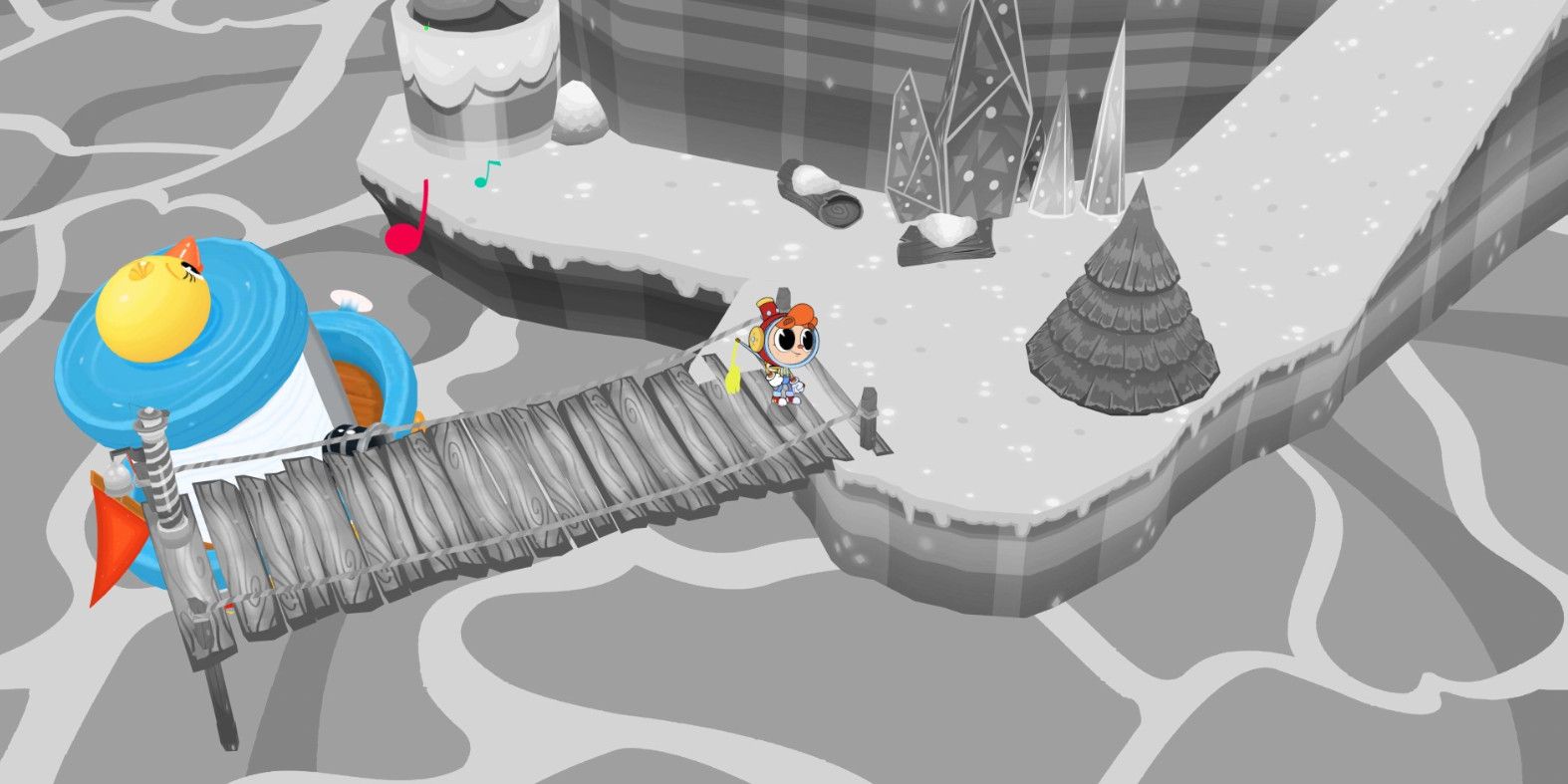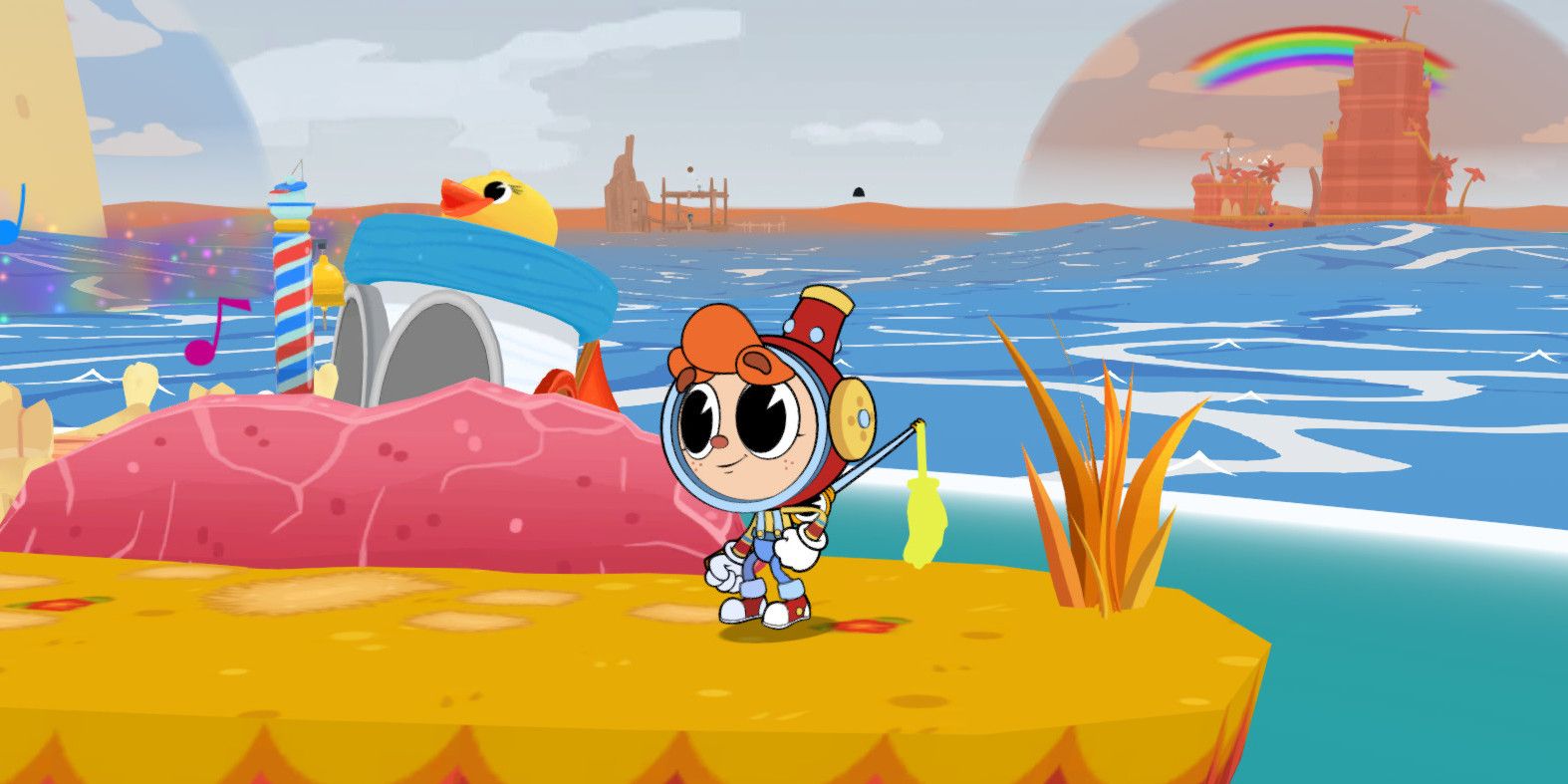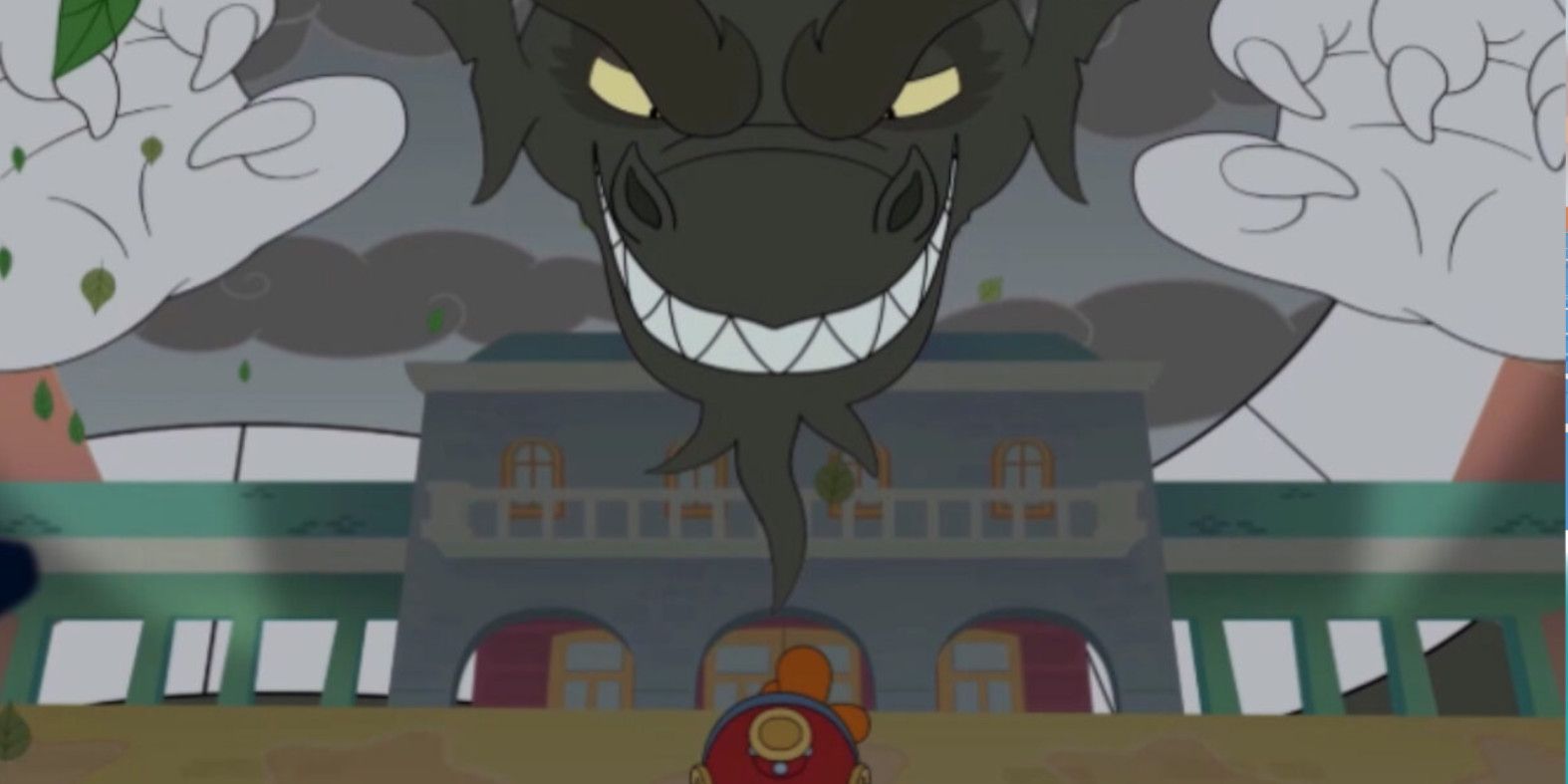Rainbow Billy: The Curse of the Leviathan’s art director Anthony Vaucheret is heavily influenced by his childhood. “This narration about the Leviathan being this patriarchal image and transforming images of what they don't know into scary stuff came from a personal story: when I was younger, my father came out as a homosexual.
“My mother was Latino, [a] very religious person. So, what she did in trying to protect us with her old way of thinking, she created an image of my father as a monster, [an image] I grew up with until I was 18 years old. I said, ‘This is enough, I need to meet him.’ So then I went, and I saw my father. And I was like, why all these years I had this different image? I love my father, we now hang out a lot and we're happy.”
In the same vein, Rainbow Billy is a game about bringing the colour back to a black and white world through active listening and empathy, something the developers believe the real-world is sorely lacking in. In Rainbow Billy, you don’t fight in the traditional sense. Instead, Billy talks to their enemies and convinces them to join them on their quest through words, not violence.
“Diversity and inclusion are super important to our core values as a studio, and we wanted to showcase [that] in the game as well,” says Chris Chancey, CEO of developer ManaVoid Entertainment. “The communication and empathy aspect was a really interesting twist on the traditional RPG combat system. We thought that it'd be a cool tool to use to be able to create communication skills among certain people.”
Because nuance is often lost on the internet, with bad faith takes reigning supreme, it’s worth the effort trying to teach people how to talk to—and actively listen—to each other again; to learn how to carry a conversation. And that’s what the team had been striving to achieve through Rainbow Billy. “We live in very polarising times where people are shouting very loudly on social media and aren’t listening too much,” Chancey says. “So, for us, it was also that intention of trying to inspire the next generation to talk things out, try to listen and communicate in a healthy way.
“No one is the enemy of their own story. Everyone has a reason to act the way they act, and trying to understand that reason is what pushed us to showcase these problems or issues that a bunch of people might be going through. Every person that plays the game has a few characters that they encounter, they're like, ‘That's me. I do that.’”
Due to the nature of the message the team wanted to impart, they had to ensure Rainbow Billy was both fun and accessible. A lot of design decisions stemmed from these important requirements.
“Going through the process of developing the game we wanted this to be reachable for everyone because of the messaging that we had,” Vaucheret says. “The messaging about empathy and acceptance was so important to us that we needed to make something that can reach everyone.”
The team also implemented dyslexia-friendly fonts, hired a consultant to advise on Billy’s non-binary gender identity, and linked every colour to a symbol so colourblind people could still play the game to completion. Chancey is also proud of the one stick controls that allow the game to be played easily by anyone with mobility issues or who may be unfamiliar with video game controllers.
“Everybody can fit in a rainbow because there are unlimited ways of seeing a colour,” Vaucheret explains. “The more we are advancing in our world, the more we need acceptance about who people are. People need to be allowed to be who they are without being judged. This is who we can be. We can be in a colourful world. For us, Rainbow means diversity and being powered by that energy, that community. It's important for Billy to grow with that acceptance and not be shut down by either society or old ways of thinking, that are more binary, like black and white.”
“The black and white aspect of it is a very binary way of thinking,” says Chancey. “Black, white, right, wrong—there's no nuance in black and white. Having a patriarchal figure like a leviathan, old-school thinking, [it] wants everything to be black and white. ‘There's no colour, it's too complicated, I don't understand it.’”
The inspiration behind Rainbow Billy is a deeply personal one, and Vaucheret hopes it will inspire people to relate to one another more.
“I think that younger people need to talk to their parents more and say, ‘Look, we live in a different world than you lived in and we need to talk about it,’” he says. “We wanted to make Billy so empathic because they take time to understand. Even if there are mistakes sometimes it's better to try than do nothing.”
Although the developers want people to try and set aside their differences by talking, they accept, no matter how hard we can try, sometimes people just won’t see eye to eye—something the ending of Rainbow Billy deals with.
“One of the stronger moments in the game is at the end, the final conversation between Billy and the Leviathan,” Chancey tells me. “Billy basically says, ‘I don't forgive you. I don't forgive you for what you've done, I don't accept it. I don't forgive it. But, you know, I want to move forward.’”




